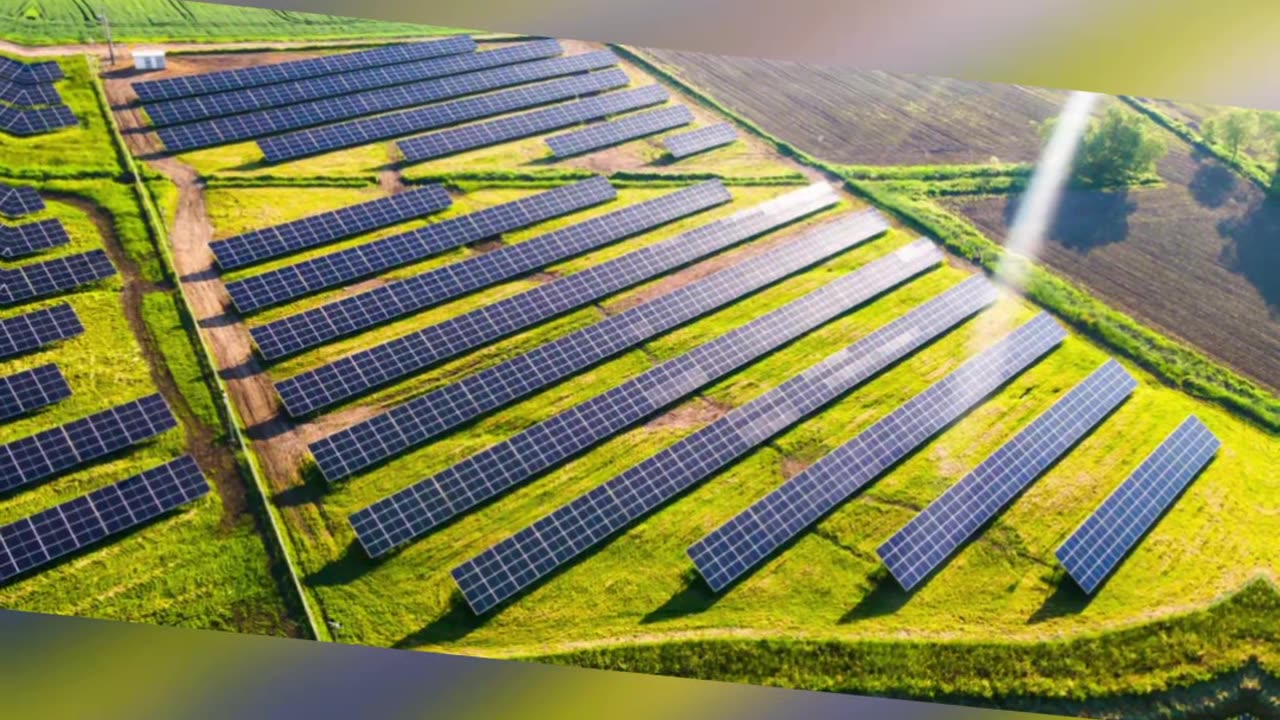Premium Only Content

WHO CONTROLS THE SANDS RULES THE WEATHER
Data Centers & Cloud Infrastructure: The Physical Web of AI
AI is used with silica in several ways, including as a component in silicon-based processors for AI, a material for AI-powered drug design (e.g., Silica Corpora), and a subject for AI-driven optimization in material science (e.g., silica aerogels) and industrial processes (e.g., geothermal energy). AI also drives innovations like more efficient cooling systems for silicon chips and powers local language models like Phi Silica.
In semiconductor and hardware development
Processor design: Companies like Avnet Silica work with silicon-based hardware to implement and support AI solutions, including integrating AI accelerators into microprocessors.
Chip cooling: AI is used to analyze heat signatures on silicon chips and direct microfluidic cooling channels with greater precision to prevent overheating.
AI at the Edge: AI models are being deployed on embedded devices, which are often built with silicon chips, to enable real-time processing on the device itself, reducing reliance on the cloud.
AI models: Microsoft has developed a local language model called Phi Silica, which is an AI component optimized for performance on the silicon chips in Windows Copilot+ PCs.
Some beaches are entirely or partially artificial, a result of either man-made engineering or natural processes that scientists have enhanced. For example, many beaches, like Santa Monica and Miami Beach, are created by moving and pumping sand to restore them or change their shape and size. Other "fake" beaches are completely artificial urban spaces, like the one at the New Century Global Center in China, which is indoors and uses artificial sunlight.
Artificial silica quartz, also known as engineered quartz, is a synthetic composite material made primarily from natural quartz powder (over 90%) mixed with polyester resin, colorants, and additives. This mixture is pressed into slabs under high pressure, then ground and polished to create a durable, non-porous surface used for countertops and other building materials. While it has many desirable properties, it can also contain a high level of crystalline silica, which can cause a serious lung disease called silicosis in workers who cut or machine it.
Quartz is used to make sand primarily through two natural processes: weathering and crushing. Naturally, the durable quartz mineral is left behind as weaker minerals erode, forming sand over time. Man-made processes, such as crushing large rocks of quartzite, can also produce high-purity quartz sand for industrial use.
High-purity silica quartz sand
Fused Silica Market Size 2026 | AI Innovations & Scope 2033
-
 9:34
9:34
The White House
2 hours agoFirst Lady Melania Trump Welcomes the Official 2025 White House Christmas Tree
4.49K8 -
 LIVE
LIVE
LFA TV
15 hours agoLIVE & BREAKING NEWS! | MONDAY 11/24/25
3,879 watching -
 1:01:32
1:01:32
VINCE
4 hours agoNew Info Blows the Lid Off The Butler Assassination Attempt | Episode 175 - 11/24/25 VINCE
205K119 -
 LIVE
LIVE
The Mel K Show
1 hour agoMORNINGS WITH MEL K - A Time to Choose: The People Must Reclaim Power 11-24-25
774 watching -
 LIVE
LIVE
The Shannon Joy Show
1 hour agoMarjorie Taylor Greene DUMPS Trump, Defects To ‘America First’ Setting Up NEW Paradigm For 2028 Presidential Election
333 watching -

Grant Stinchfield
18 hours ago $0.87 earnedABC SETUP: Michael McCaul Falls for Martha Raddatz Trap on Live TV!
5.56K -
 2:00:33
2:00:33
Nikko Ortiz
2 hours agoWorst Military Events And War Crimes... | Rumble LIVE
15.3K1 -
 17:27
17:27
We Got Receipts
3 hours agoAntifa Getting Arrested In The Funniest Ways!
19.8K9 -
 1:34:14
1:34:14
Caleb Hammer
11 hours agoHe Treats His Wife Like A Dog | Financial Audit
24.6K1 -
 1:55:16
1:55:16
Badlands Media
6 hours agoBadlands Daily Nov. 24, 2025
38.9K11